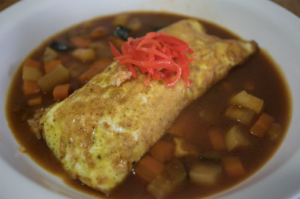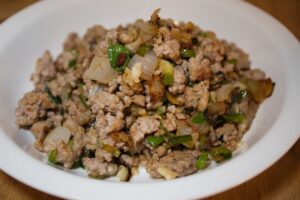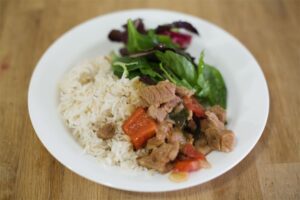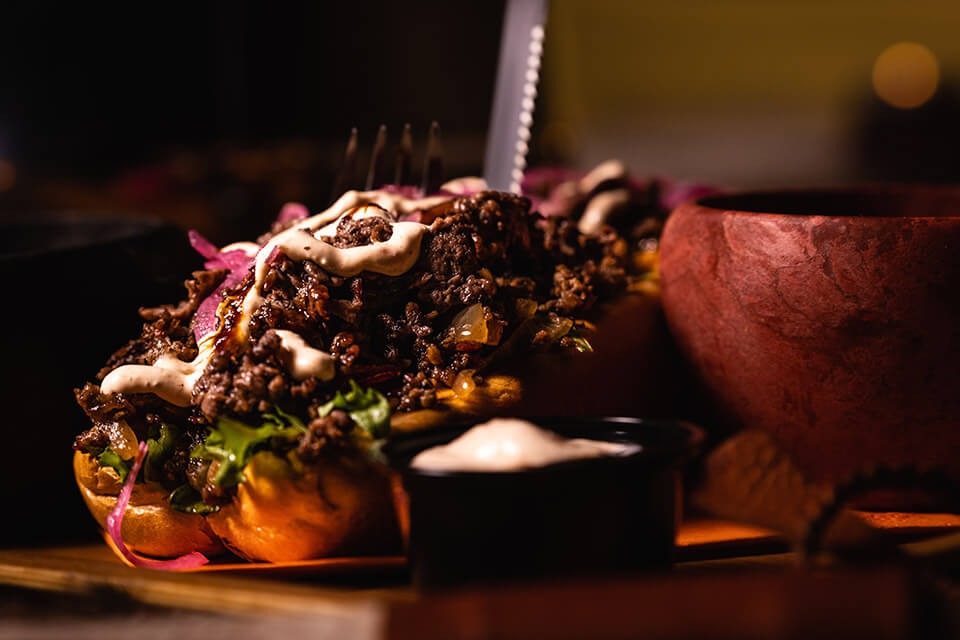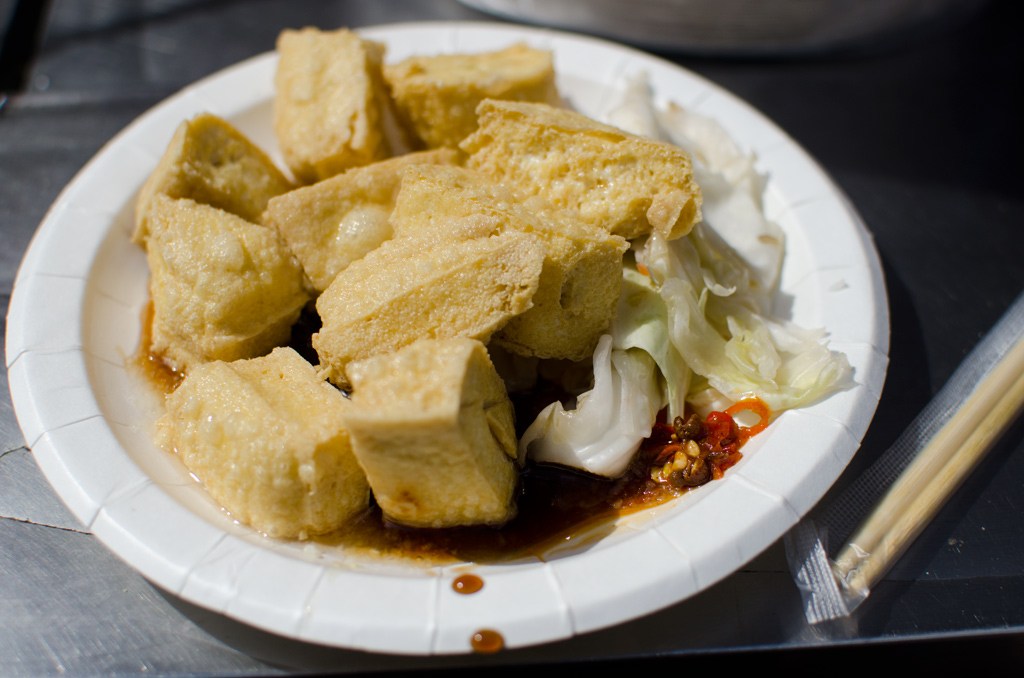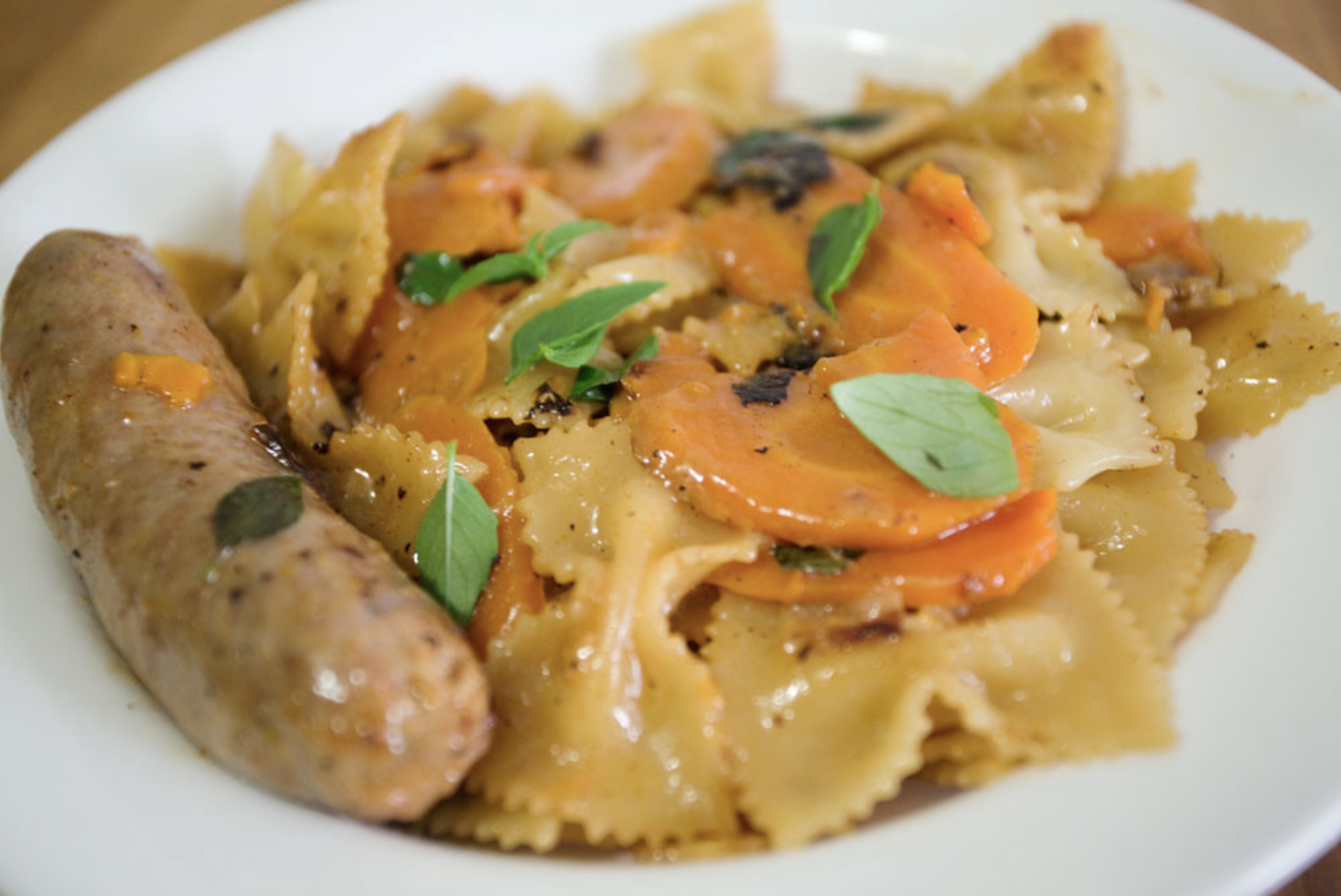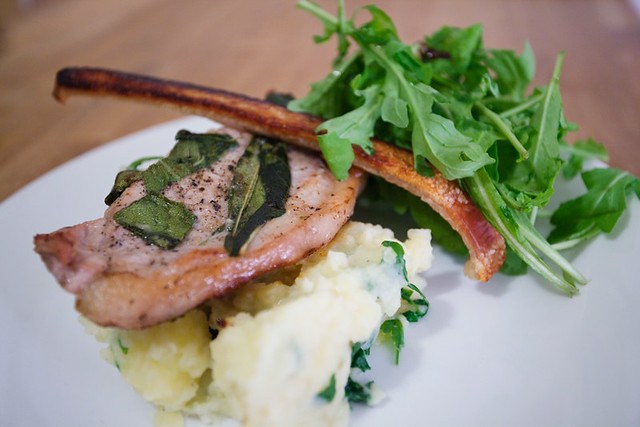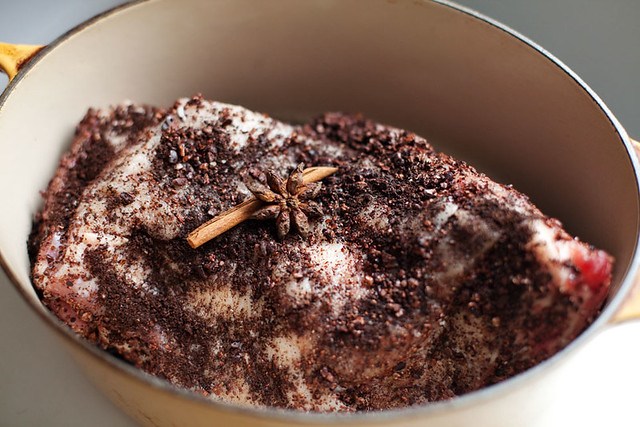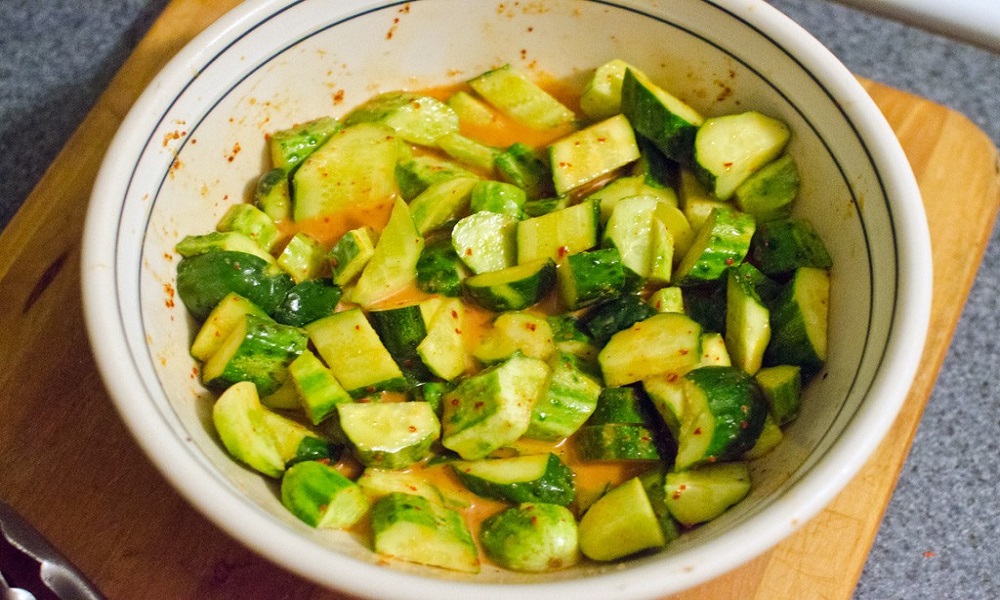Centuries-old Scottish preservation methods—smoking, salting, and foraging—are driving a modern culinary renaissance that’s generating $1.2 billion annually in food tourism revenue. These ancient techniques, born from necessity in Scotland’s harsh climate, now define the country’s emergence as a world-class foodie destination, connecting global visitors to landscapes and traditions that have sustained communities for millennia.
From Highland Survival to Gourmet Experience
Scotland’s culinary identity emerged from practical necessity. Viking settlers introduced smoking and salting techniques that transformed abundant summer harvests into winter sustenance. Oats thrived in the temperate climate, becoming the foundation for porridge and oatcakes that sustained Highland communities through harsh seasons.
These time-tested methods now captivate modern diners seeking authentic experiences:
- Whole-animal utilization transforms traditional thrift into celebrated dishes like haggis and black pudding.
- Foraging traditions connect contemporary chefs to wild herbs, berries, and mushrooms.
- Artisanal smoking elevates salmon and game into premium culinary experiences.
- Heritage grains like oats and barley anchor farm-to-table dining movements.
- Seasonal preservation creates distinctive flavors that define Scottish cuisine.
The transformation reflects changing consumer values. Nearly half of visitors now cite food and drink as primary travel motivations, while four in five Scots actively seek locally-produced ingredients.
The Bookable Food & Drink Experiences Programme connects travelers directly with producers, creating story-rich encounters that transform simple meals into cultural immersion.
The Economic Recipe for Success
This culinary renaissance generates a substantial economic impact beyond restaurant revenues. Agritourism initiatives, whisky distillery tours, and artisan food trails create diverse income streams for rural communities. Traditional Burns Night celebrations and harvest festivals now attract international visitors eager to experience Scottish food culture firsthand.
Scotland’s food strategy positions gastronomy as central to national identity and economic growth through 2030. The approach works, transforming ancient survival techniques into contemporary competitive advantages that distinguish Scotland in global culinary tourism markets.




